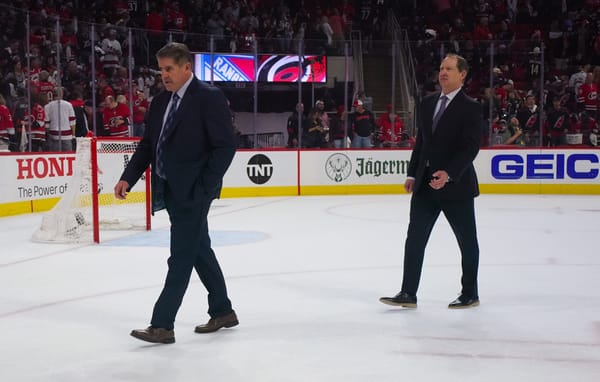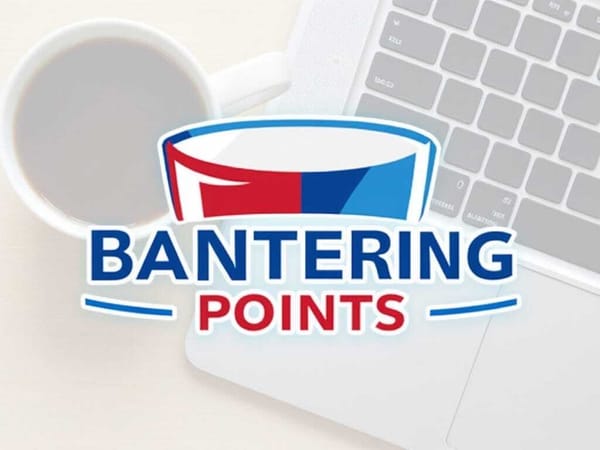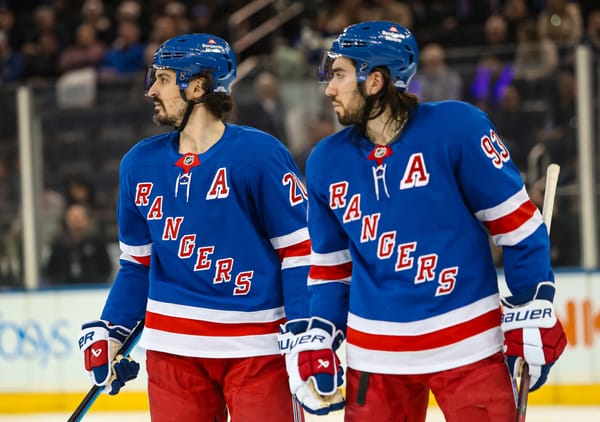New York Rangers analysis: On Martin St. Louis, and where he fits on the Rangers depth chart
It would be easy for Alain Vigneault to change his gameplan now, but he needs to remain steadfast.
When Martin St. Louis joined the Rangers last Tuesday, Glen Sather added a bona fide offensive weapon to the fold. St. Louis, the scorer of 29 goals this season, can still produce top-notch numbers at the NHL level, and can certainly put the Rangers over the top when it comes to the postseason.
But first, and most importantly, comes fitting St. Louis into the puzzle. And there's no reason to overthink it: St. Louis should occupy Ryan Callahan's former spot on the second line.
I've seen many commenters on this blog clamoring for Alain Vigneault to shuffle the deck. In theory, and on paper, St. Louis could work well with a player with the vision of Derek Stepan, the speed of Chris Kreider, or the creativity of Mats Zuccarello. But in reality, there's only two players the Rangers newly acquired weapon should skate next to, and that's Brad Richards and Carl Hagelin.
As the saying goes: If it ain't broke, don't fix it.
For the first time in years, which happened to just coincide with the Rangers getting a new head coach, the team has trotted out consistent lines all season. And the formula has worked: The unit of Zuccarello, Benoit Pouliot, and Derick Brassard has formed a pretty effective third line. Rick Nash, with Stepan and Kreider, have been a thorn in the side of many opponents. Even the fourth line of Brian Boyle, Dominic Moore, and now Daniel Carcillo is doing a more-than-admirable job for your bottom three forwards.
When Callahan was around, his trio with Hagelin and Richards did many things right, but struggled at times to score goals. So enter St. Louis, a player brought in to do that very thing. But more to the point, it would be easy, and overly complicating the situation to make over the line charts to coincide with the addition of a new top player. But what Vigneault has done so well, and so unlike the leadership of some past Rangers teams, is given his units time to develop chemistry, and not retreat when things don't initially go well.
St. Louis has a lone point—a brilliant assist on a game-winning goal—in his first three games as a Ranger. If you've watched the games though, in no way has the 5-foot-8 blur been ineffective by any measure, except on the scoresheet. And yes, that's what matters most, but if that's all you pay attention to in three-game sample sizes, you were probably one of the people calling for Chris Kreider's demotion, or currently call for Boyle to be jettisoned.
There's nothing quick about developing chemistry in hockey, unless you're lucky. St. Louis played for the same franchise his entire career, and for the most part in the same system. The Rangers were allotted the added benefit of him teaming up again with one of his former teammates—Richards—and the cohesiveness between the pair has been pretty apparent since they took their first shift together at about the one-minute mark against the Maple Leafs last Wednesday.
One of Vigneault's best qualities as a head coach since he's taken over the bench at Madison Square Garden has been his patience. The Rangers vastly improved power play started off the year sluggish, much like the team, but Vigneault stayed the course. It's probably the same reason he's not freaking out now as his special team's unit is going through another lull.
To pull chute at the first sign of danger is a reactionary, premature decision that usually only makes things worse. St. Louis has a chance to be a part of a very potent second line grouped with Hagelin and Richards. But we'll only know if we give the trio time to develop, and approaching it any other way would be to go against part of what has made the Rangers successful all season.




